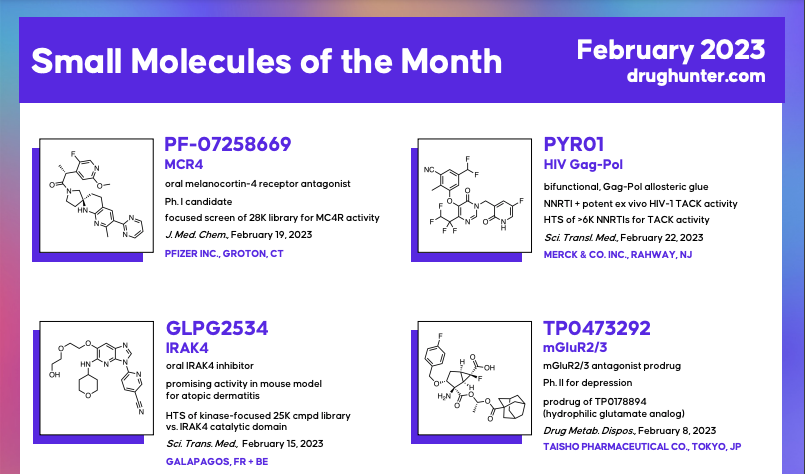Kerry Betz
Discovery Process Chemistry
Kerry Betz is a Scientist in Discovery Process Research at Janssen Pharmaceuticals. Before graduate school, Kerry spent five years working in the lab of Prof. Robert H. Grubbs at Caltech as first, an undergraduate researcher, then a research technician. She then earned her PhD in Organic Chemistry from Stanford University, where her thesis work with Prof. Justin Du Bois focused on the design and development of new ligands and a new catalytic platform for enabling C-H functionalization.
More from Kerry
Join the Drug Hunter Mailing List
to get free content and resources weekly. Trusted by >15,000 drug hunters worldwide. Unsubscribe anytime.
